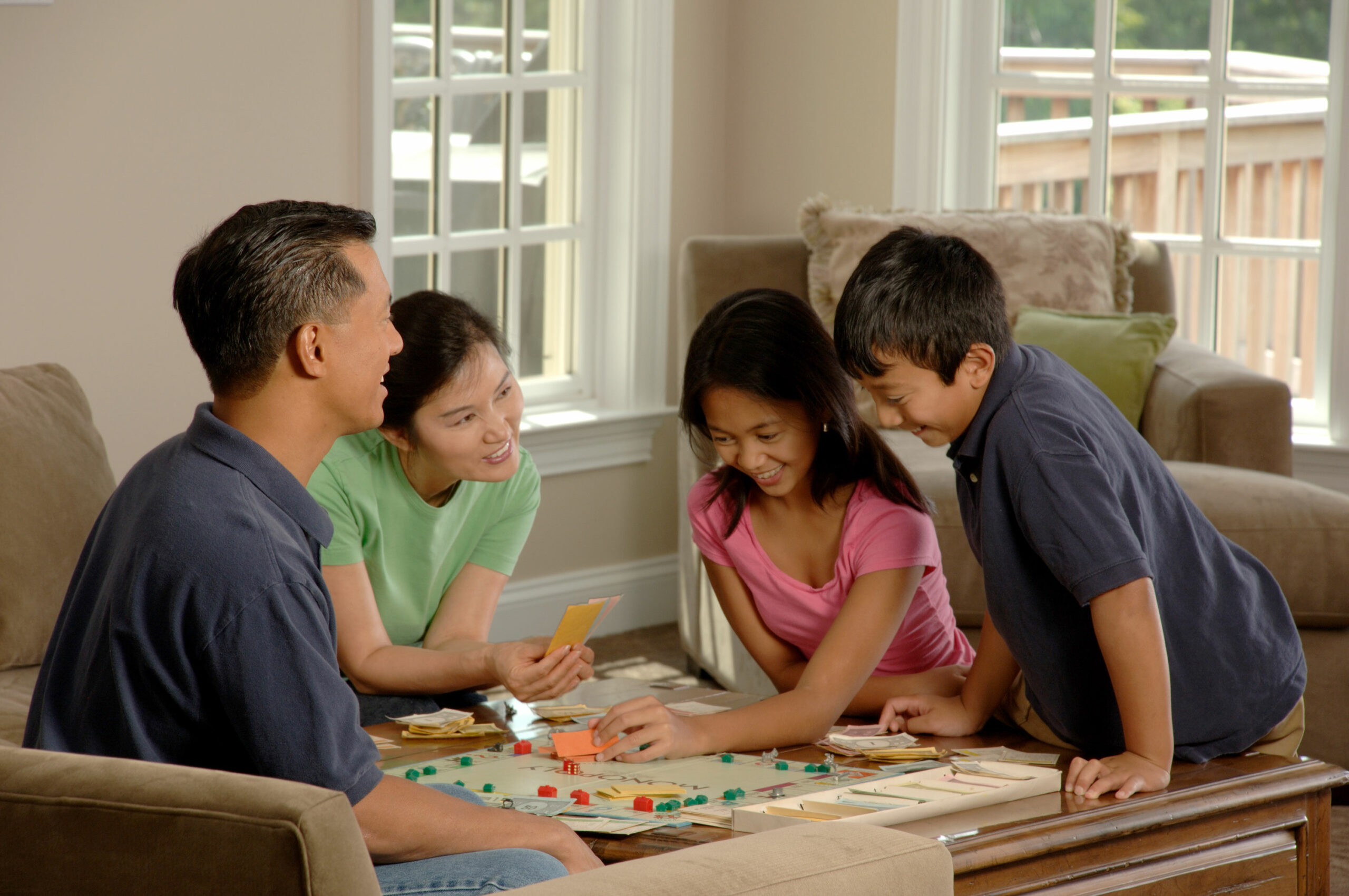Playing card tarot card meanings encapsulate a fascinating interplay between traditional card games and the mystical realm of divination. This unlikely amalgamation invites not only curiosity but also introspection, offering a fresh perspective on our everyday lives. At its essence, both playing cards and tarot possess profound symbolisms, allowing individuals to unravel the intricate tapestry of their thoughts, emotions, and circumstances.
Fascinated by the history of playing cards, one might observe that their origins trace back to ancient China over a millennium ago. As the cards traversed continents, they metamorphosed, evolving into the decks we know today. Crucially, these narratives intertwine with tarot, as the latter is often understood as an intricate extension or variation of the former. This convergence showcases a bridge between mundane entertainment and spiritual exploration.
When delving into the world of card meanings, it’s crucial to recognize that each card carries a distinct essence, colored by numerology, symbolism, and personal intuition. In many ways, every card stands as a mirror, reflecting our inner worlds back to us, prompting a shift in perspective that can reveal deeper truths.
One of the most commonly used decks in tarot is the Rider-Waite-Smith tarot, consisting of 78 cards, divided into the Major and Minor Arcana. The Major Arcana serves as the overarching psychological journey, encapsulating significant life lessons and spiritual archetypes, while the Minor Arcana, comprising four suits—Cups, Pentacles, Swords, and Wands—echoes the everyday experiences and challenges we face.
As we explore the meanings of selected playing cards that correspond with tarot archetypes, we can discern how these cards can beckon insights and inspire transformative experiences. For instance, the Ace of Cups symbolizes the genesis of emotional fulfillment, representing new relationships or creative endeavors. This card invites us to embrace the ebbs and flows of our emotional waters, urging a shift in how we perceive our feelings and connections with others.
In contrast, the Five of Wands introduces an entirely different narrative. Usually associated with conflict and competition, it evokes the notion of struggle and strife within groups. It acts as a catalyst, prompting an examination of interpersonal dynamics. How can we shift our lenses to view conflict not as an insurmountable barrier but as an opportunity for growth and collaboration? This card teases out the intricacies of human relationships, often leading one to explore resolutions and compromises.
The quirky nature of the tarot surface continues with the Seven of Pentacles, a card that emanates patience and perseverance. It symbolizes the reassessment of one’s efforts and the recognition that growth takes time. Herein lies a unique opportunity to alter our perspective on impatience. Instead of viewing a lack of immediate success as failure, this card encourages individuals to seek the underlying lessons in their journey. It prompts individuals to ask introspective questions: Are we cultivating our dreams diligently enough? What adjusts could we make to reap the most fulfilling harvests?
Examining the Swords suit reveals even more layers to our understanding of life’s battles. The Three of Swords, often illustrated with a heart pierced by three swords, draws attention to heartbreak, grief, or betrayal. Yet within this representation resides an intriguing reminder: pain can lead to growth. The act of confronting one’s emotions can lead to catharsis, shedding light on personal resilience and the potential for renewal. By reframing heartache as a transformative experience rather than a permanent state, individuals can embark on a journey of healing and self-discovery.
Likewise, the Ten of Wands illustrates the burdens we carry—those obligations and responsibilities that often feel overwhelming. Yet, this card serves as a propitious reminder to evaluate the source of this weight. Are we shouldering responsibilities that no longer serve us? The Ten of Wands invites us to distinguish between duty and passion, prompting exploration of choices that might lighten our load and enrich our lives.
Meanwhile, the Wands suit resonates with creativity and ambition. Cards such as the Page of Wands carry a youthful spirit, brimming with ideas and exploration. This energy fosters a notion of adaptability, reminding us to remain open to new opportunities and experiences. The Page implores us to cultivate curiosity—how can we harness our innate wonder to view mundane tasks as gateways to creativity and enthusiasm? Curiosity often catalyzes growth, urging individuals to discover hidden passions.
In this intricate interplay of card meanings, one must also note the significance of reversal. When a card appears inverted, it suggests a contrasting reading of its upright nature, urging an introspective twist. For instance, if the Eight of Cups, which signifies abandonment of what no longer serves, appears reversed, it may indicate an unwillingness to let go. Here lies a crucial moment for self-reflection, encouraging a realignment of priorities and the fostering of emotional clarity.
Ultimately, the beauty of playing card tarot card meanings lies in their multifaceted interpretations. Each card not only reflects a specific archetype but prompts contemplation regarding our circumstances, relationships, and aspirations. They serve as guides, nudging us to embrace transformation and cultivating healing through understanding.
In conclusion, exploring the meanings behind the cards provides a vivid canvas for reflection and growth. Whether facing conflict, navigating emotional depths, or seeking motivation, the insights gleaned from these cards can empower individuals to shift perspectives, fostering resilience and self-awareness. Each draw unfolds a new narrative, beckoning us to investigate the layers of our lives, inviting us to wonder what possibilities lie ahead.









Leave a Comment